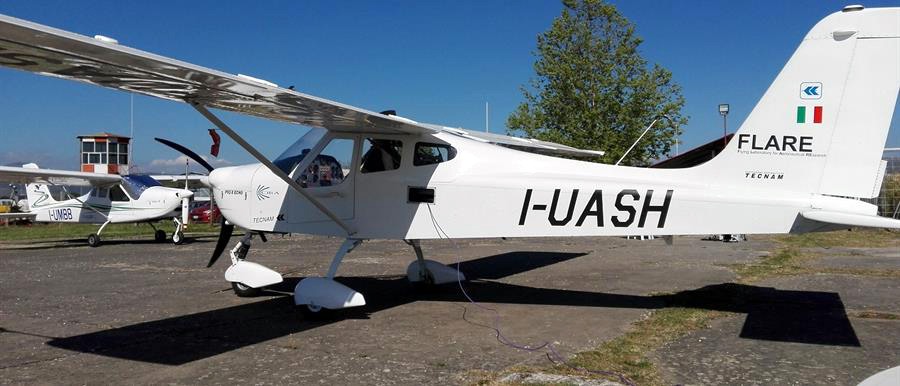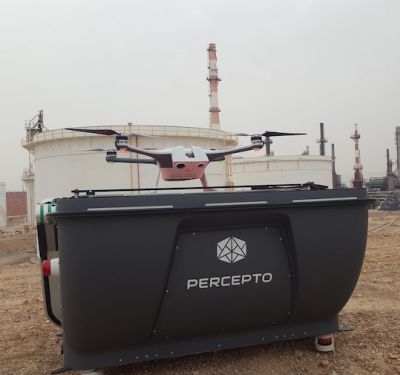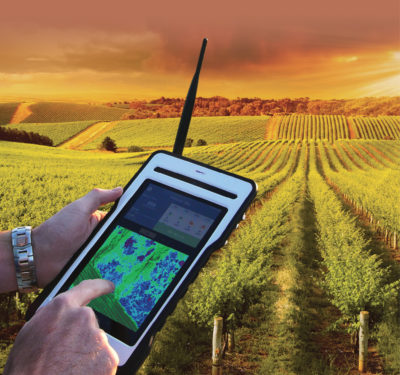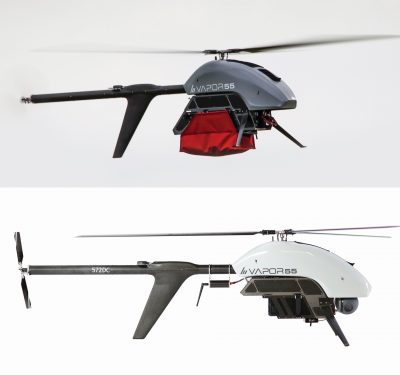The term ‘urban air mobility’ (UAM) refers to a range of new and emerging services provided by aerial drones in urban settings, including people and goods transport, as well as monitoring and control aspects. Speaking during a recent presentation of results of the first phase of the European Space Agency (ESA)-funded Aurora project, Margherita Lenoci, Project Manager at Telespazio, said, “We want to develop an integrated facility for testing and validating positioning, navigation and timing (PNT) technologies for UAM, and to support research and development of drone navigation capabilities.”

Specific objectives and goals include defining PNT requirements and designing a GNSS-based, supporting architecture for UAM/AAM. “We have developed the concept of a distributed PNT testing structure, that will link physically and geographically separated laboratories and other facilities of Italy’s Distretto Tecnologico Aerospaziale (DTA), Centro Italiano Ricerche Aerospaziali (CIRA) and Telespazio,” Lenoci said.
The Aurora team has defined standard interoperability protocols and procedures that will enable the addition of other participants and/or experimental assets. “Aurora will be exploited not only by the members of the consortium,” said Lenoci, “but also by third parties such as manufacturers, technology and service providers, and application developers.”
High-flying capabilities
Aurora infrastructure will serve in the investigation of new technologies, enabling the performance of laboratory and in-flight testing and demonstrations. The CIRA facility in particular comprises an advanced simulation facility, featuring manned and unmanned vehicles and allowing realistic and complex air traffic management and multi-agent scenario simulations. A specially modified CIRA aircraft, called FLARE (Flying Laboratory for Aeronautical Research), acts as a, airborne test bed for in-flight validation of autonomous technologies.
PNT solutions, especially those based on GNSS, are essential for safe and reliable drone navigation. Among the capabilities of Aurora’s new distributed PNT test facility are GNSS performance monitoring and forecasting, GNSS augmentation and integrity monitoring, RF spectrum monitoring, a hybrid navigation testing unit and a GNSS threats simulator for UAM.
Following the design phase, the second phase of Aurora will focus on the implementation of the proposed test infrastructure. “In phase two we will move on to actually realizing the system and demonstrating its capabilities,” said Antonio Ceriello, Telespazio Technical Manager. “We will also design a dedicated network management system and an experiment monitoring station, and we will implement upgrades and new features that we have identified to improve the performance of our main system building blocks.”
Aurora, funded under ESA’s NAVISP program, is part of the ‘Creation of an Italian ecosystem for AAM [advanced air mobility]’ framework, coordinated and promoted by ENAC, the Italian Civil Aviation Authority.






